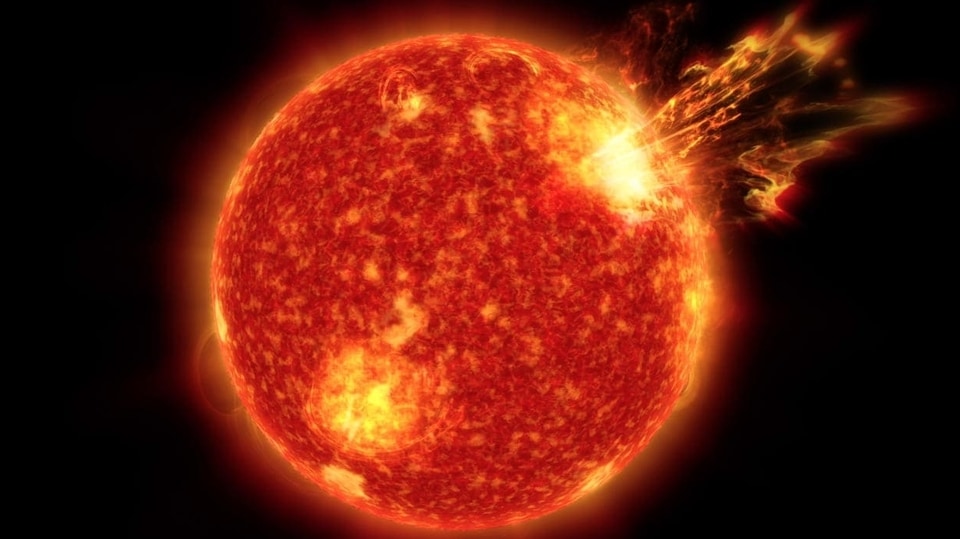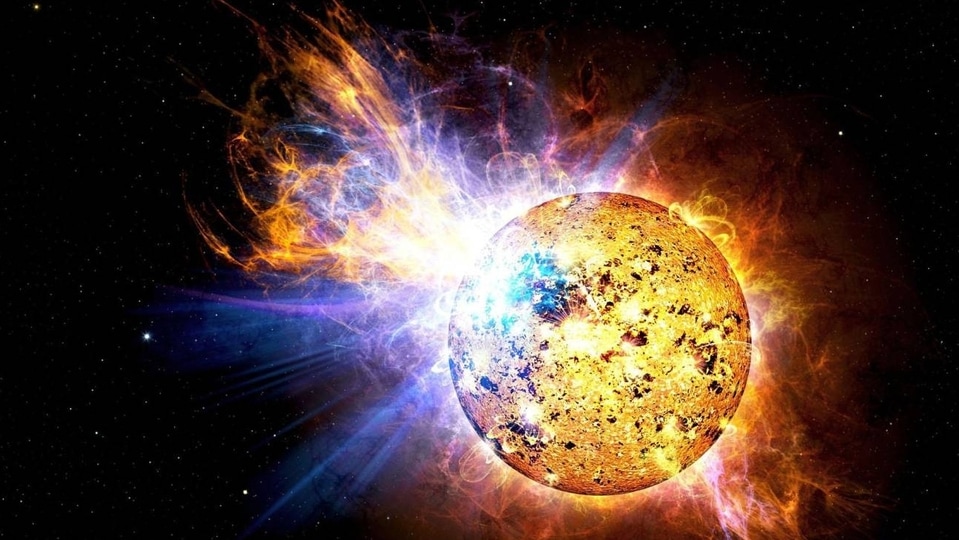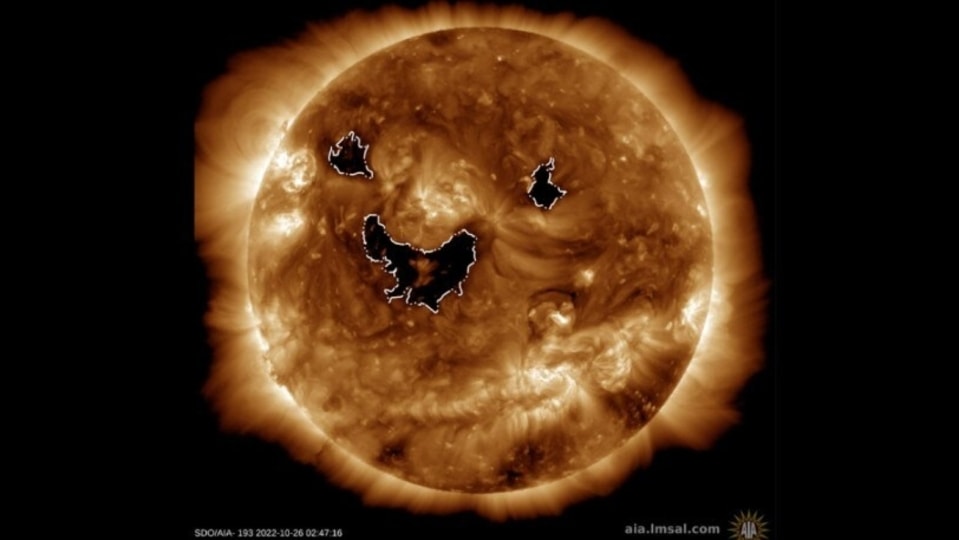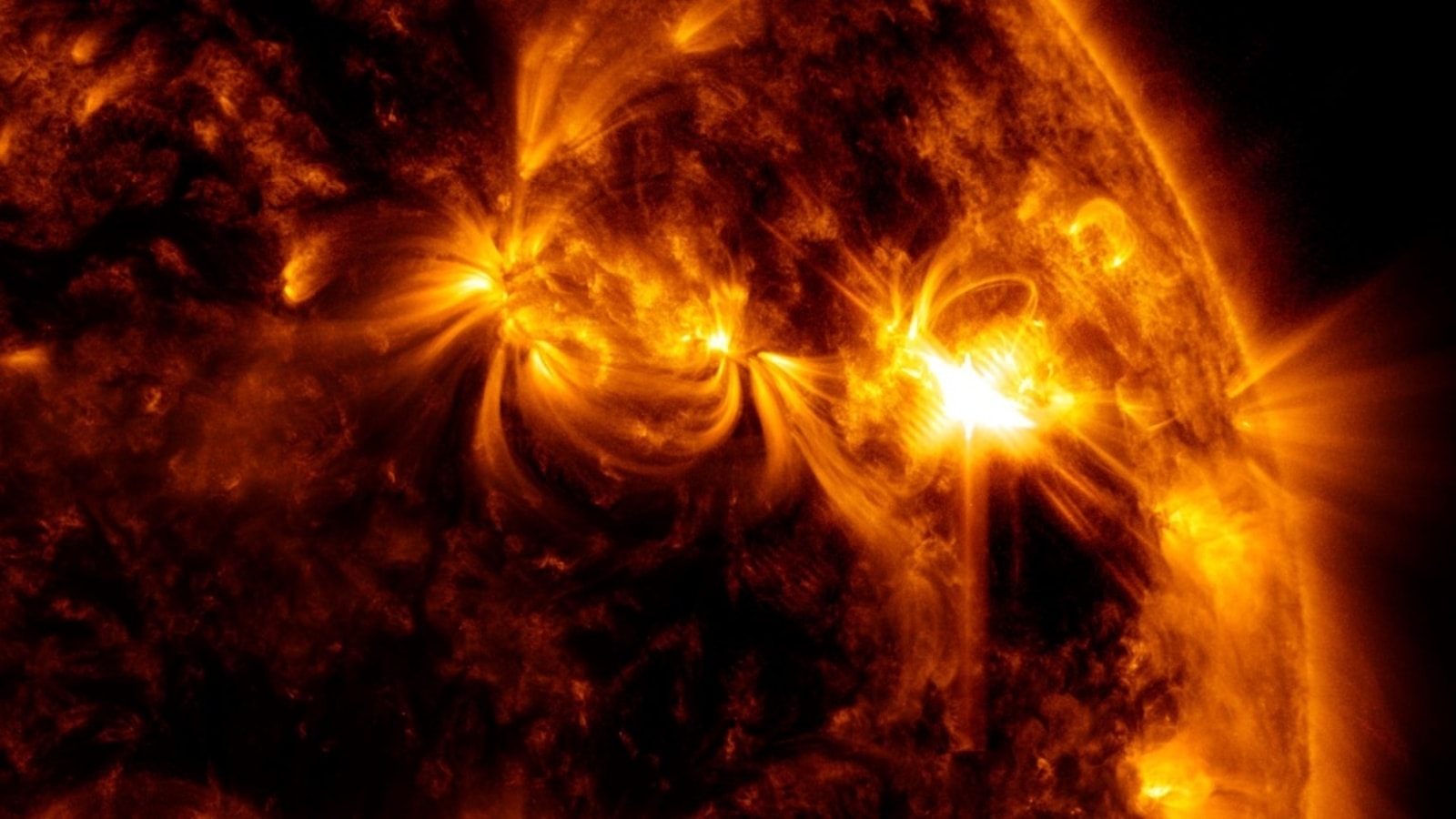Huge geomagnetic storm hits Earth, causes power fluctuations, auroras
A dangerous geomagnetic storm has hit Earth and it has had visible, physical effects. Here’s what NOAA revealed.

_1658567219974_1658567228615_1658567228615.jpg)





 View all Images
View all ImagesSolar activity such as sunspot eruptions, solar storms, solar flares and more, have increasingly plagued Earth for the past months due to the Sun now being in the middle of its solar cycle. Although this solar activity might seem harmless due to the distance of the Sun from our planet, they can cause major damage. While Earth's magnetosphere deflects most solar activity carried by the solar wind, some charged particles seep through. These energetic particles cause magnetic disturbances, classified as either geomagnetic storms or substorms.
What NOAA report says
The National Oceanic and Atmospheric Administration has revealed that a Geomagnetic storm hit Earth in the past couple of days and it caused power grid fluctuations and auroras. NOAA forecasters have revealed that Earth was at risk of a geomagnetic storm which hit the planet in the past days. According to the NOAA report, the area of impact of this geomagnetic storm was “primarily poleward of 65 degrees Geomagnetic Latitude.”
The organization has further revealed that this geomagnetic storm caused power grids in places of impact to fluctuate.
Also, as a result of this storm, stunning auroras were visible at high altitudes such as in Canada and Alaska.
This geomagnetic storm is a reminder of the power of the sun and the need for continued research and monitoring to better predict and prepare for these events in the future. To achieve this, NASA has a mission in place to study the rising solar activity of the Sun. NASA's SunRISE mission is an upcoming mission expected to launch in 2024 to study and pinpoint how giant bursts of energetic particles originate from the Sun and evolve as they expand outward into space.
Effects of Geomagnetic Storm
As the particles erupted during the CME reach Earth, they interact with Earth's magnetic field and cause the formation of Geomagnetic storms. When solar particles hit Earth, the radio communications and the power grid is affected when it hits the planet's magnetic field. It can cause power and radio blackouts for several hours or even days. However, electricity grid problems occur only if the solar flare is extremely large.
Auroras form as a result of the Coronal Mass Ejection (CME) from the Sun which sends solar fares hurtling towards Earth. Geomagnetic storms are often the precursor to stunning streaks of green light across the sky known as Northern Lights or Aurora Borealis.
Catch all the Latest Tech News, Mobile News, Laptop News, Gaming news, Wearables News , How To News, also keep up with us on Whatsapp channel,Twitter, Facebook, Google News, and Instagram. For our latest videos, subscribe to our YouTube channel.






























